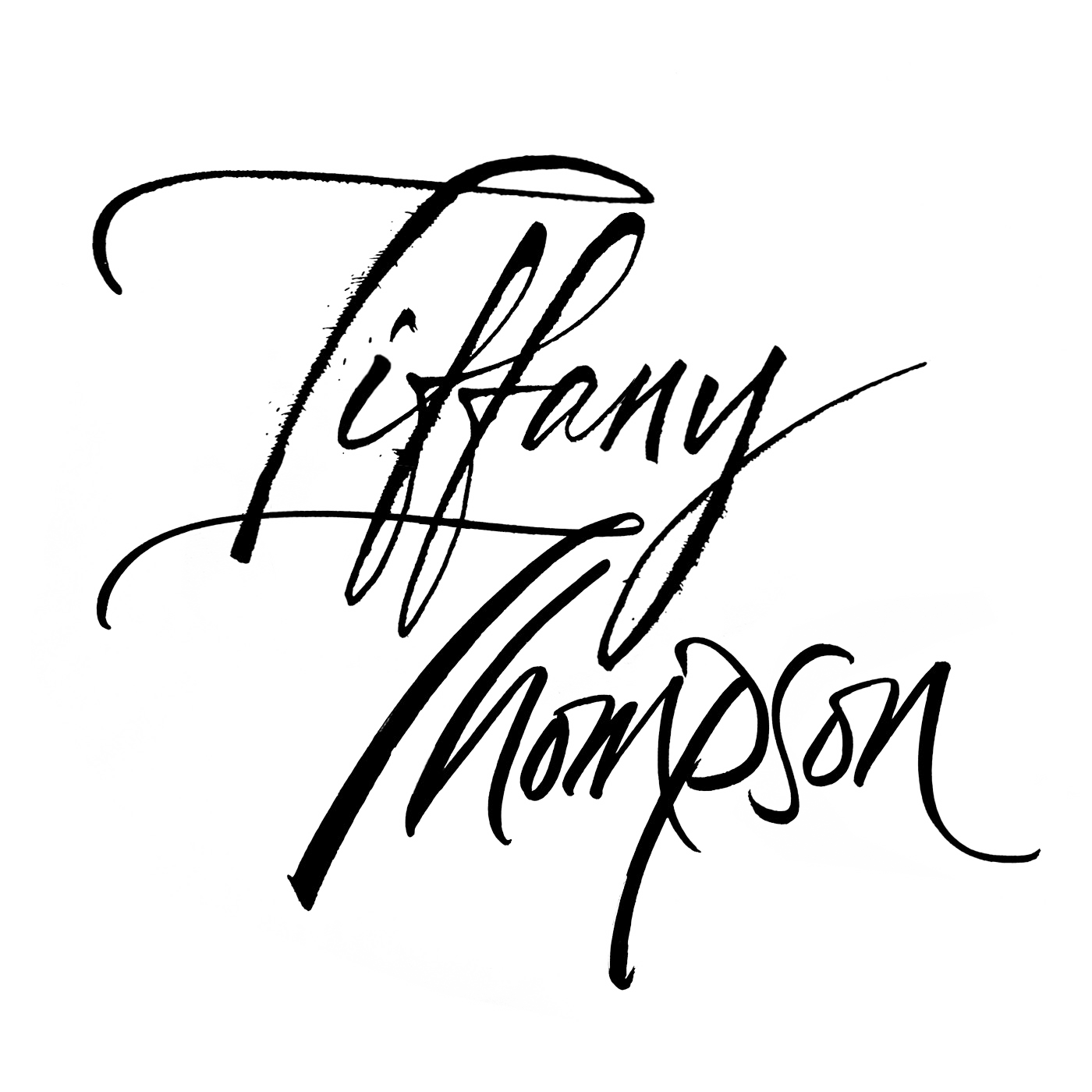What is the Value of Art?
“Envisioning the purpose of artmaking to be making a living at artmaking is, for the vast majority of artists, a ridiculous assumption.”
– Alison Gerber, The Work of Art: Value in Creative Careers
What does it mean to be a “professional” artist? Is it possible to make a living as an artist? And is someone a professional artist if they spend their own time and money on their artistic pursuits, passions, and projects without making any money in return?
For years, I’ve asked these questions of myself and of other artists as well. Only recently did I find a helpful answer in Alison Gerber’s The Work of Art: Value in Creative Careers.
Summarizing 80 in-depth interviews with American artists into a values framework, Gerber posits that the practice of an artist is much more indicative of their value than their prices. According to Gerber, these practices create four types of value:
Pecuniary: earning money
Credentialing: establishing qualifications
Vocational: pursuing passion
Relational: developing uniquely supportive, generative, and creative connections
These four types of value are fluid and can overlap, undermine, and supersede each other depending on the project. But all are sources of value in the life of a “working artist.” Gerber discovered that if the relational and vocational values are present, an artist might feel as though a project is a smashing success despite financial failure. And if an artist sells a painting exclusively for pecuniary reasons, they often feel it wasn’t a good use of their time.
Since these four categories can seem a bit abstract, it helped me to personalize them.
In Summer 2022, Comment magazine published a story on art and friendship I wrote about co-creating the vinyl Lotuses and Mimicry. The values of vocation, relationship, and credentialing were overflowing throughout the project, but ultimately, the pecuniary value was quite low. Here is a reflection on how Gerber’s four values were manifested.
Relational: The key collaborating artists on this project were dynamic partners and became irreplaceable friends. If only for the journey of friendship, the project would be invaluable to me.
Vocational: Since I’m very interested in collaborating across artistic genres and mediums, this project was a capstone experience. Because I had the opportunity to work alongside a painter and calligrapher to explore how songs and paintings can converse, it was a true “passion project” that brought me incredible joy.
Credentialing: The primary collaborator and creative director of this project was leading contemporary artist and writer Makoto Fujimura. A Presidential appointee to the National Council on the Arts from 2003-2009, Fujimura served as an international advocate for the arts, speaking with decision makers and advising governmental policies on the arts. His reputation offered important credentialing for an emerging artist. I’ve seen increased followers on social media as a result of his support and promotion.
Pecuniary: While the International Arts Movement gave the album’s producer, Daniel Smith, a meaningful grant to produce the record and pay all the musicians, all subsequent costs of mastering, printing, shipping, and marketing the record were my responsibility. As such, I’m currently out a significant amount of money, and the graphic designer for the vinyl did the project as a favor and was not paid. The record is still in the red, and it’s hard to image how I will ever recoup enough expenses to break even.
Viewed through the lens of pecuniary value only, the record was a failure. But from a comprehensive values perspective, this was an incredibly successful project, one of the most meaningful of my career.
Ultimately, Gerber’s categories helped me to identify the many reasons we make art, even if some of them do not fit within the financial vision of success that often dominates our culture. Her categories have given me new language to understand why and how I might create value for myself and the world. Now, when I evaluate a new artistic opportunity, I consider the various kinds of value it might have, even if that value might not be pecuniary.
As you look at your own artistic practice, whatever creative form it might take, how might this four-pronged values framework apply to you? Of the four categories, which one has the most value for you? Is it possible to produce greater value in one or two of the categories for an increased sense of overall success on a project? If pecuniary is the main reason for a project, could you invite a friend to work with you and increase its relational value? If vocation is driving something, could you advocate for grant funding or increased prices to bolster the pecuniary value? Which value is your trump card? For me, simply making art with friends often creates enough value to dive in. (Though that can quickly turn me into the stereotypical “starving artist,” which isn’t sustainable.)
Whatever the composition, a working artist’s value can take many forms. What will be yours?
